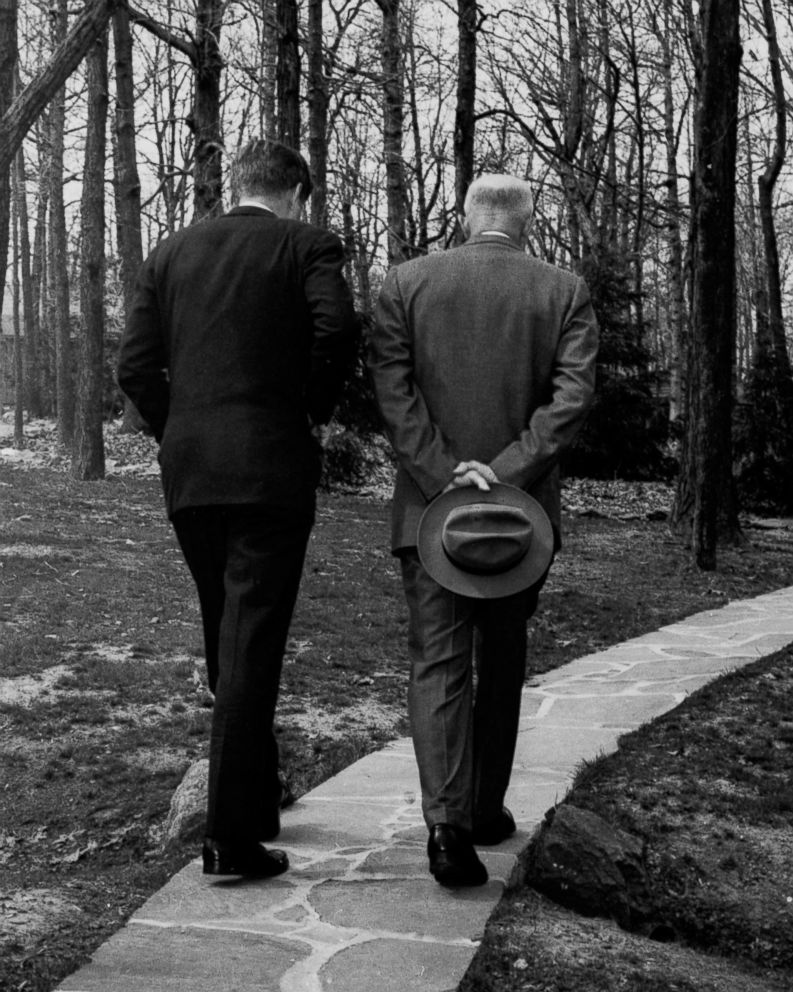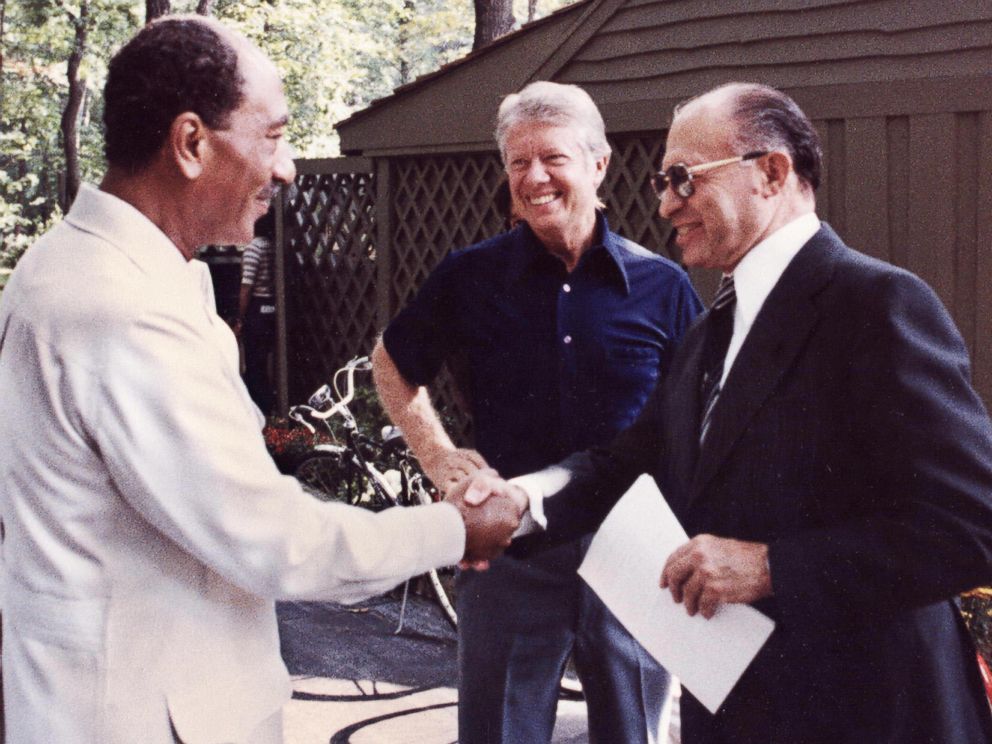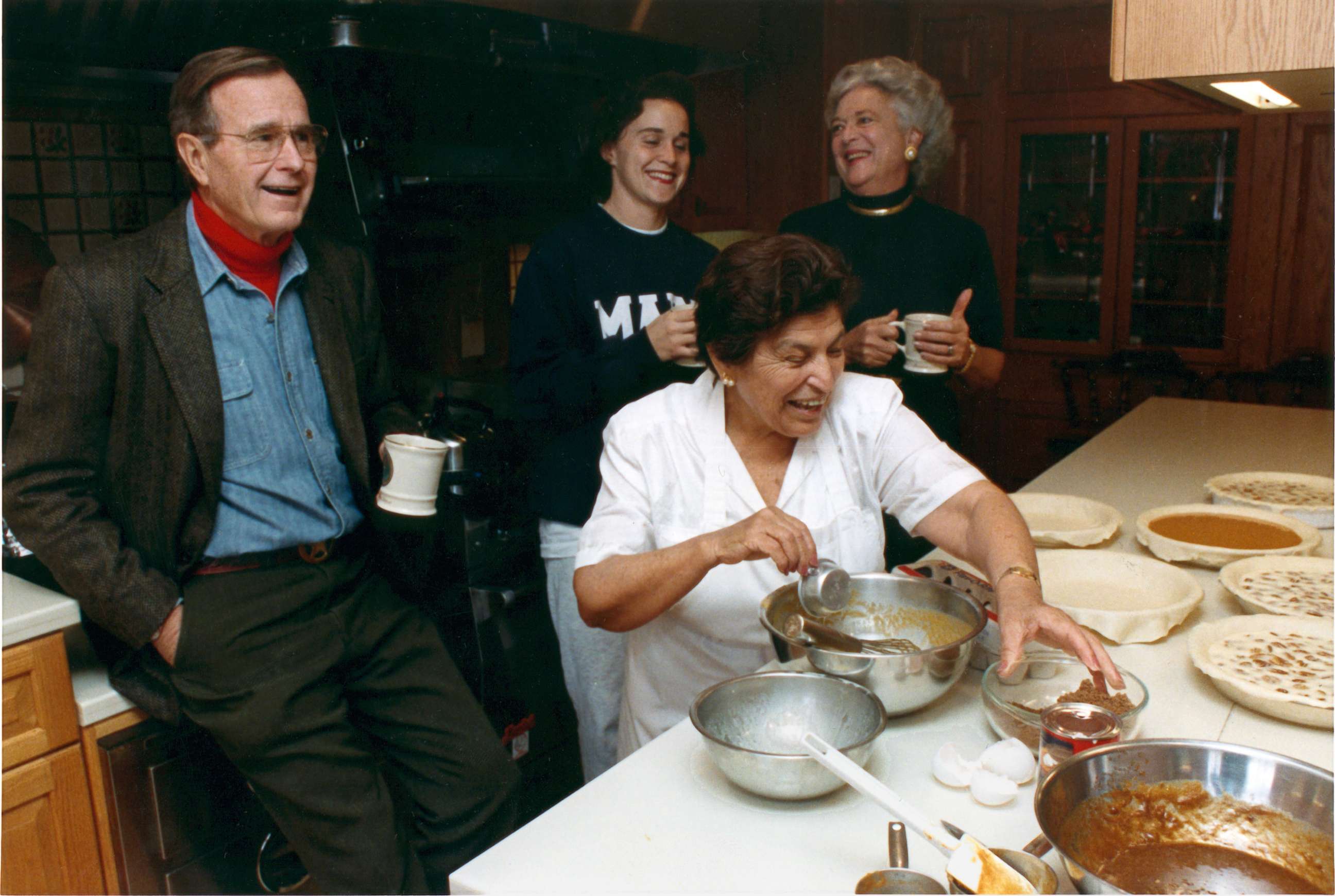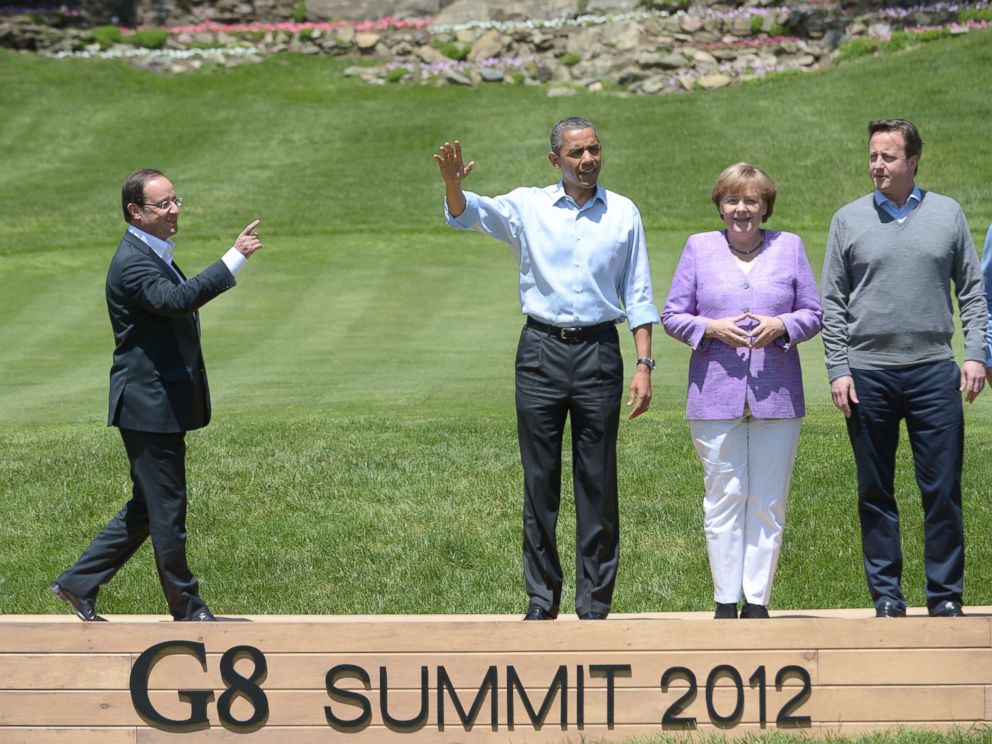What to know about presidential retreat Camp David where Trump travels Friday
Presidents have used the retreat to broker agreements and host world leaders
— -- President Donald Trump is headed back to the rustic presidential retreat Camp David for the weekend, this time joined by his Cabinet members. They'll likely discuss preparations for Hurricane Irma and the growing threat from North Korea.
Trump’s return to Camp David marks his fourth trip to the retreat, which has been the site of many historic discussions and private meetings between presidents and foreign dignitaries.
Trump's first visit was Father’s Day weekend in June with First Lady Melania Trump, their 11-year old son Barron and the first lady’s parents. The president spent a day there on Aug. 18 with his national security team, along with Defense Secretary James Mattis and Vice President Mike Pence, hashing out the administration's South Asia, or Afghanistan, strategy. The weekend of August 26-27, Trump monitored Hurricane Harvey from Camp David as the storm hit Texas.
Camp David, located in the Catoctin Mountain Park in Frederick County, Maryland, has played a prominent role in many presidential administrations, for both diplomatic meetings and personal vacations. The retreat is also an active military installation. Camp David is only a 30-minute helicopter ride from the White House. It is inaccessible to the public.
History of the camp
The camp was originally called Hi-Catoctin by the Works Progress Administration (WPA) prior to the U.S. Navy and U.S. Marine Corps transforming it into a military installation.
WPA built the recreational area between 1936-1939 and federal employees used it for family camps. President Franklin Roosevelt first visited the camp in April 1942, after which it was chosen as the country location for presidential retreats. He renamed it “Shangri-la,” based on the fictional Himalayan paradise in James Milton’s 1933 novel “Lost Horizon.”
President Dwight Eisenhower renamed the site Camp David during his first visit in honor of his grandson, David.
Eisenhower also named the main president’s lounge “Aspen” in honor of the first lady, Mamie Eisenhower, who grew up in Colorado. The retreat boasts bedrooms, a small office, fireplaces, an outdoor flagstone patio, a heated swimming pool and a single golf hole with multiple tees.

How former presidents used the camp
Roosevelt started the tradition of hosting foreign leaders at the camp by inviting Sir Winston Churchill in 1943 at the height of World War II to review plans for the Allied invasion of Normandy. Roosevelt was photographed fishing with Churchill at a creek near the camp, and Churchill remarked that “no fish were caught” but Roosevelt “seemed to enjoy it very much, and was in great spirits”, according to Churchill’s “War Memoirs.”
Eisenhower visited the retreat frequently and added a bomb shelter, the golf course and several golf tees, as the Eisenhower archives note. Eisenhower was the first president to travel to Camp David from Washington, D.C., by helicopter, which greatly reduced the commute. He held meetings with his Cabinet and National Security Council at the retreat while recovering from a heart attack in 1955.
In 1959, in the midst of the Cold War, Eisenhower hosted the Soviet leader Nikita Khrushchev. Khrushchev was suspicious of the site, calling it initially where “stray dogs went to die.” They had two days of meetings about the Cold War, after which the two leaders released a joint statement agreeing to reopen talks. However, shortly after the Soviets shot down an American spy plane, Eisenhower’s Soviet Union trip was scrapped.
Foreign affairs brought Eisenhower back to Camp David again in 1961 when he met then-President John F. Kennedy to review the failed Bay of Pigs military invasion of Cuba.

In 1978, then-president Jimmy Carter hosted Egyptian President Anwar Sadat and Israeli Prime Minister Menachem Begin at Camp David. Their 13 days of meetings led to a peace agreement known as the Camp David Accords, a major step in curbing years of conflict between Egypt and Israel, according to the State Department’s Office of the Historian. Sadat and Begin were both awarded the Nobel Peace Prize as a result of the agreement.
In the midst of the energy crisis in 1979, Carter traveled to Camp David for a series of secret meetings over the course of ten days, according to the Carter Center. After leaving the camp, Carter delivered his famed “malaise speech” in which he discussed problems facing the country, including a “crisis of confidence.”
“I invited to Camp David people from almost every segment of our society -- business and labor, teachers and preachers, Governors, mayors, and private citizens,” Carter said in the address.
Former president Ronald Reagan hosted prominent foreign leaders including Mexican President Jose Lopez Portillo, British Prime Minister Margaret Thatcher and Japanese Prime Minister Yasuhiro Nakasone at Camp David, according to Reagan’s presidential library archives. Reagan reportedly loved the camp, and particularly enjoyed riding horses with his family at the retreat.
In her memoir, "My Turn," former first lady Nancy Reagan described how Camp David “gave her a tremendous feeling of release” and helped her and the president “get their thoughts in order.”

In 1989, then-president George H.W. Bush invited Britain's Prince Charles to Camp David. In 1992, his daughter Dorothy married Bobby Koch at the retreat, the first wedding at the camp.
Former president Bill Clinton attempted to broker a peace accord between Israeli Prime Minister Ehud Barak and Palestinian President Yasser Arafat at the retreat. The leaders stayed at the camp for more than a week in 2000, with Arafat and Barak both threatening to walk out on talks. Despite round the clock efforts, the summit ended without an agreement.
Visiting Camp David 150 times in his two terms, former president George W. Bush hosted many foreign leaders including Russian President Vladimir Putin, former British Prime Minister Gordon Brown and Danish Prime Minister Anders Fogh Rasmussen.

Former president Barack Obama hosted the 38th G8 summit at Camp David in 2012 with German Chancellor Angela Merkel, former British Prime Minister David Cameron, former French President Francois Hollande and Russian Prime Minister Dmitry Medvedev at the camp, according to Obama’s White House archives. During the summit, Obama discussed climate change and announced a new alliance on food security with African leaders.
“I think the surroundings gave us an opportunity to hold some intimate discussions and make some genuine progress,” Obama said of the location in a statement.
In 2015, Obama hosted the Gulf Cooperation Council summit at the retreat, welcoming leaders from Bahrain, Kuwait, Oman, Qatar, Saudi Arabia and the United Arab Emirates to discuss topics including Iran’s nuclear activities and the Syrian chemical war, an archived statement read.




